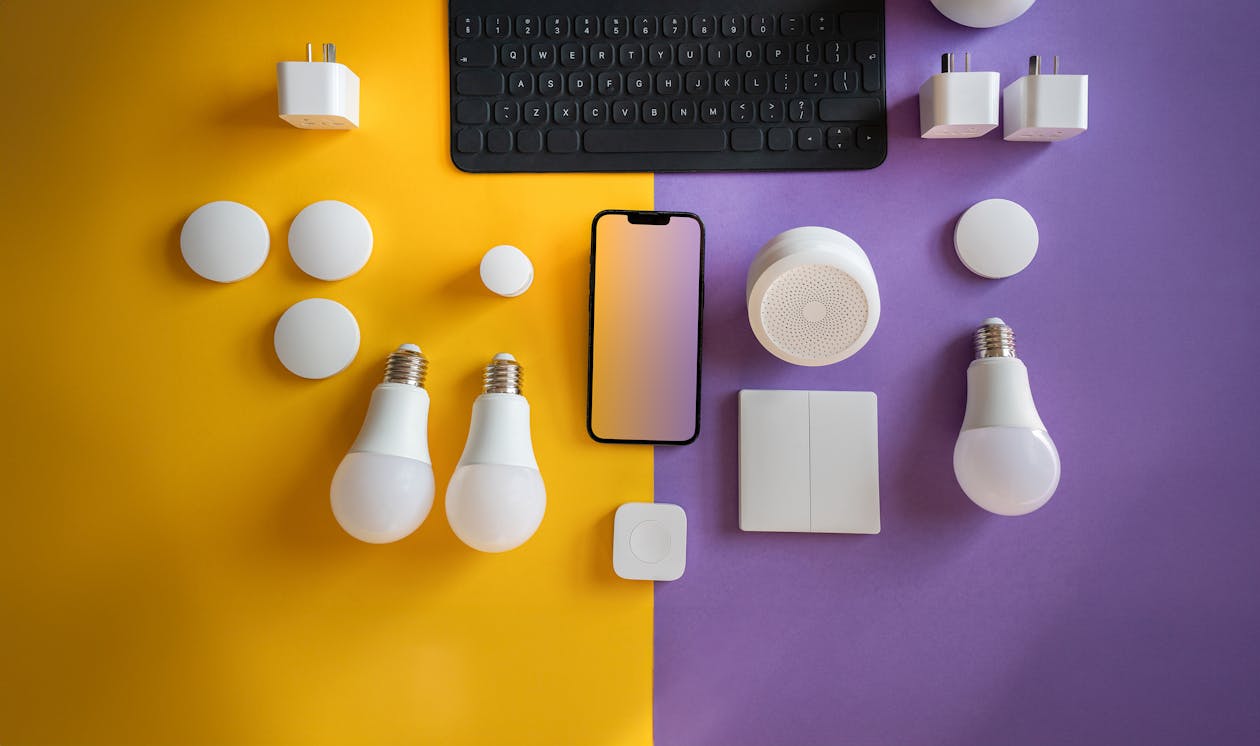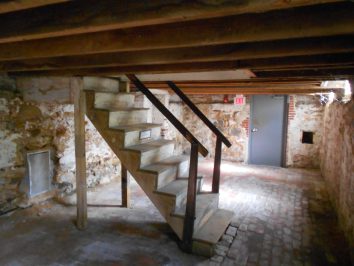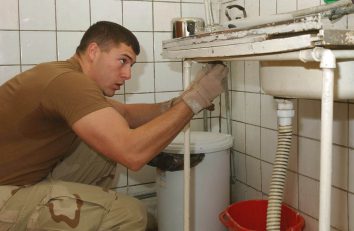
The transition of the Internet of Things (IoT) from an ambitious notion to a fundamental technology has profoundly influenced different elements of society. IoT’s integration into our lives has modified how we conduct our daily activities, advance our careers, and choose our entertainment.
It has also introduced a new level of convenience and efficiency, from automating home environments to simplify our lives to using wearable devices for continuous health monitoring. But even more than that, IoT has now become crucial in the development of smarter cities, significantly changing the idea of what urban living is like.
Increasing the Joy of City Living
The Internet of Things (IoT) is significantly changing the layout of urban cities, turning them into more enjoyable areas for residents. With more seamless mobility options and convenient access to downtown amenities, IoT is reducing daily burdens and improving the quality of urban living.
Reinventing City Planning with Smart Technology
City designers can now improve communal areas and promote better citizen engagement by analyzing data from various sources. By utilizing IoT sensors to monitor the movement of people in public parks, for example, city planners can identify peak activity times and implement strategic improvements around them. This allows for a more effective approach to creating livable spaces.
This approach also means that city planners can better anticipate the needs of residents by utilizing real-time data to monitor transportation patterns, weather changes, and utility usage. This information can then be used to create more efficient systems and improve overall city functionality.
Making Smart Use of Lighting Systems
As urban areas need more sustainable solutions, IoT technology is becoming a key player in improving city lighting. Smart streetlights enable cities to vary light output as needed, reacting to new environmental conditions. This shift not only reduces energy consumption but also plays a critical role in keeping urban areas safely lit at all times.
IoT technology also helps in the early detection of lighting issues, ensuring timely maintenance and cost savings. By regulating light based on noise levels, these systems contribute to a quieter and more peaceful living environment for city dwellers.
Opening the Doors for Healthier Lifestyles
IoT can be used to track environmental conditions like air and water purity, merging medical services, supporting city agriculture, and helping to ensure the safety of food.
Keeping Tabs on Air and Water Quality
The deployment of IoT sensors has revolutionized the way cities monitor the quality of air and water. These technologies enable real-time surveillance of environmental conditions, allowing for immediate responses to pollution spikes or when safeguarding public health. The insights gathered from the data empower city planners with the information needed for strategic infrastructure and urban development planning.
While regulations for environmental monitoring exist, IoT technology supports these efforts by offering persistent, accurate data collection, leading to faster detection of environmental concerns and streamlined resolution processes.
Enhancing Medical Care
IoT technology helps patients in cities to take proactive roles in their health management. Wearable devices and IoT solutions enable continuous health monitoring, with the data directly communicated to medical professionals for evaluation. This real-time data exchange allows for early health issue detection and the customization of patient-specific treatment programs.
IoT also offers invaluable support for chronic symptom management, helping with medication and appointment reminders, as well as the tracking of symptom trends and overall health progress.
Improved Food Safety
The integration of IoT technology into food safety practices offers a workable solution to safeguarding the food supply chain. Sensors and tracking devices enable seamless surveillance of food from its production to its final delivery, ensuring any safety threats are identified early on.
IoT sensors that monitor environmental conditions such as temperature and humidity during the food’s transport and storage are vital. They alert authorities to any unsafe changes, preventing health hazards and simultaneously reducing food waste by maintaining quality standards.
Improving Safety Levels Across the City
IoT advancements are pivotal in improving safety and security in city areas. With the implementation of intelligent monitoring systems, improved emergency response strategies, and better infrastructure management, IoT has become a crucial tool in creating a safer living environment for citizens.
Use of Smart Surveillance Systems
IoT technology has become a key component of crime prevention and detection. With the deployment of sophisticated networks that include interconnected cameras and sensors, authorities can now conduct live monitoring of areas, detect unusual activities, and identify potential threats in real time.
This cutting-edge approach to surveillance empowers a more proactive stance on public safety, ensuring rapid and efficient responses during critical situations.
Streamlining Emergency Response Protocols
Emergency response protocols can also be organized through the help of IoT. By equipping first responders with smarter systems and data analytics, important information can be presented in real-time to facilitate quick, life-saving decision-making in critical situations.
IoT technology can also help in identifying safety risks such as auto accidents or road hazards, helping emergency services respond fast and efficiently.
Regularly Monitoring City Infrastructure
IoT is setting a new standard in the way city infrastructure is monitored, moving beyond the limitations of conventional inspection techniques. Advanced sensors offer continuous data collection on key urban assets like bridges, roads, and buildings, allowing for the early identification of structural concerns that could jeopardize public safety.
This forward-thinking approach not only bolsters safety measures but also streamlines maintenance operations. Armed with up-to-the-minute data, city officials can prioritize and plan maintenance work more effectively, minimizing accident risks and promoting the welfare of the community.
Creating Intelligent Cities for a Better Tomorrow
The growth of IoT has been driving cities into a new era marked by intelligence, safety, and a deep focus on human-centric development. With the extensive use of data collected from countless sensors and devices, city leaders are now empowered with a deeper understanding of urban living, laying the groundwork for informed decision-making and design strategies that elevate living conditions and ensure the safety of the community.
Author Bio
Subbu Seetharaman
Subbu Seetharaman is the Director Of Engineering, at Lantronix, a global provider of turnkey solutions and engineering services for the internet of things (IoT). Subbu is an engineering executive with over 25 years experience in leading software development teams, building geographically distributed, high performing teams involved in developing complex software products around programmable hardware devices.
Loading recommendations...




